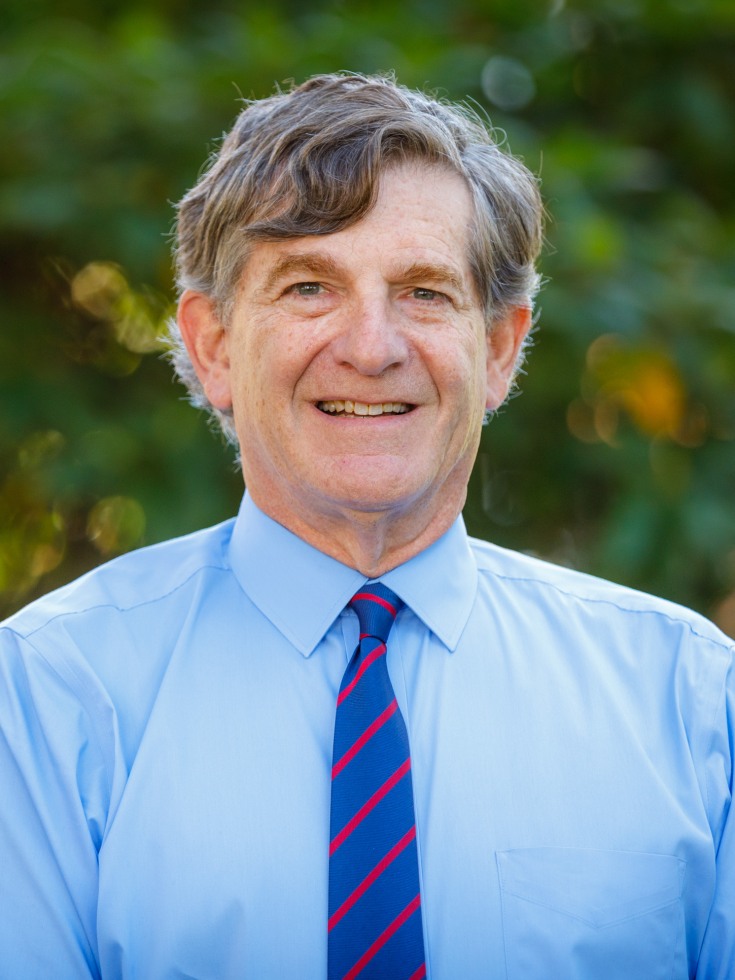As Americans look beyond the pandemic, public officials from over 50 states and territories invest time in weekly calls hosted by Brown University to stay abreast of COVID-19 mutations, vaccines, mitigation strategies, and more. They aren’t logging on for a lecture—they are active participants in a learning and action network called the State and Territory Alliance for Testing (STAT).
The Brown School of Public Health received a two-year, $2 million grant from the Rockefeller Foundation in January 2022 to lead STAT. Originally launched by the foundation in 2020 to foster multistate purchasing power for coronavirus tests, STAT has since evolved into a national network of state officials exchanging notes about how to best address each new COVID-19 challenge, formulating COVID-19 policy and guidelines for response and recovery efforts broadly and for K-12 education specifically.
Scott Rivkees MD, who joined the Brown School of Public Health in February 2022 as professor of practice of health services, policy and practice, facilitates STAT’s 60-minute online sessions. Rivkees is a pediatric endocrinologist and physician-scientist who served as Florida’s state surgeon general and secretary of health from June 2019 to September 2021. This summer, we spoke to him about the unique peer-to peer network.
Tell us about STAT and your role in engaging with participants. What do you aim to create and provide?
Well, first of all, the pandemic that we’re in now is really dynamic and keeps changing in unpredictable ways. STAT provides a unique forum where individuals involved in the
COVID-19 response—whether it’s in departments of health or individuals involved with the school system—are able to share information and learn from others across the country about the COVID-19 response. We meet on a weekly basis, and it’s a situation where we can have good conversations and learn from each other.
Was there any aspect of your training that is particularly helpful in this current role?
In terms of past training, one of the things that has always been instilled in me is that as physicians, we are lifelong learners, and this virus really keeps changing, and we really have to keep learning about what’s happening in terms of the virus transmission, and how we’re going to respond to it, and then how do we work together as a collective to try to learn about what’s the best way to address these roles. One of the things that I’ve also learned is how humbling the field of medicine is, like the field of public health, and the more bright minds we can get together to address issues and share information, the better off we are.
